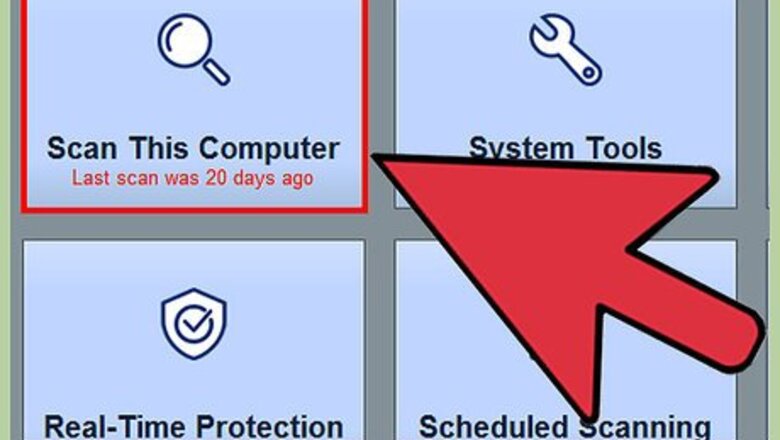
views
X
Research source
. Unfortunately, some internet service providers see a revenue stream in hijacking such requests and instead delivering a page with sponsored links. The advantage to the ISP is estimated at about $5 (US) per user per year. The disadvantage to the end user is that, in addition to seeing unnecessary ads, many applications, including virtual private networks, that rely the published standards either stop working well or stop working at all. Additionally, it introduces security concerns. He exploited a vulnerability in the servers that allowed him to Rick roll web users who visited plausible but non existent subdomains.[2]
X
Research source
Fortunately, users often have ways to opt out of this "improved user experience."
Steps
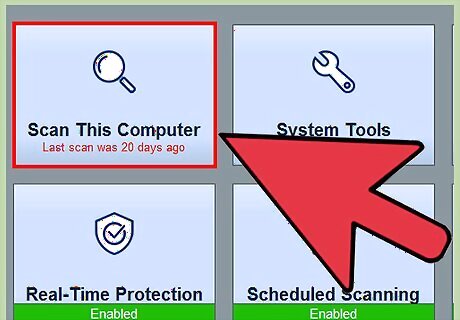
Run a recently updated spyware utility and remove any spyware that is detected. This behaviour is sufficiently similar to that of several spyware programs that it is worth confirming whether it is coming from locally installed malware or your ISP.

If the problem persists, and cannot be attributed to any spyware problem on your end, then it is likely coming from your ISP. There are several solutions listed below. The best solution depends on your ISP, your needs, and your technological aptitude.
General Methods
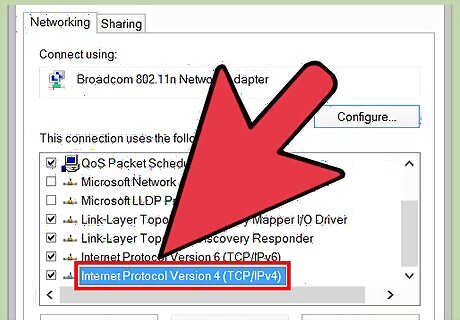
Open the configuration panel where you can change your DNS servers.
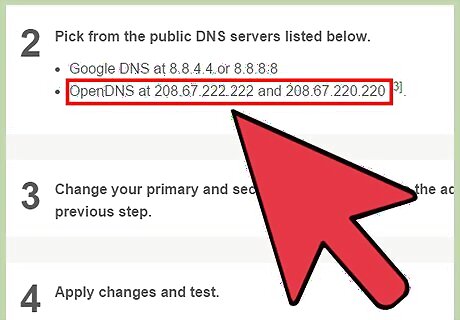
Pick from the public DNS servers listed below. Google DNS at 8.8.4.4.or 8.8.8.8 OpenDNS at 208.67.222.222 and 208.67.220.220 .
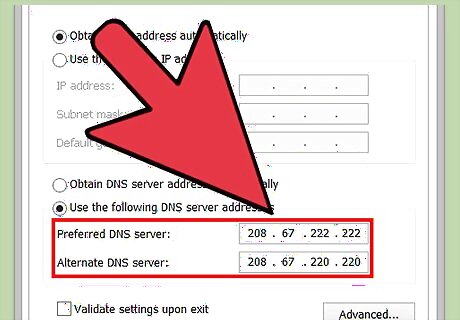
Change your primary and secondary DNS servers to the addresses in the previous step.
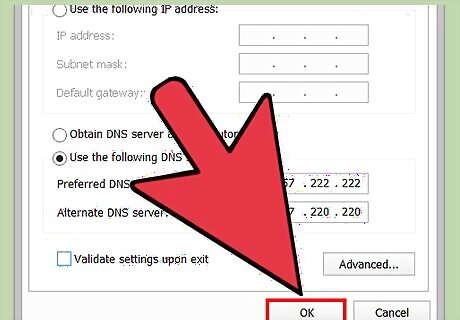
Apply changes and test.
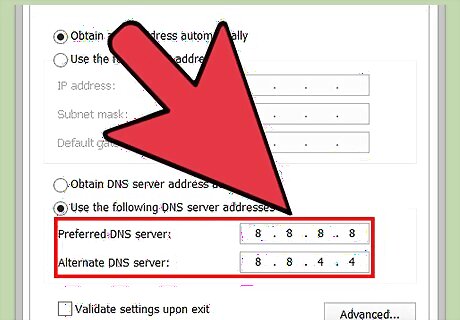
Alternatively, you could try running your own DNS server. While this might be the best option, it isn't for the technologically timid.
ISP Specific Methods
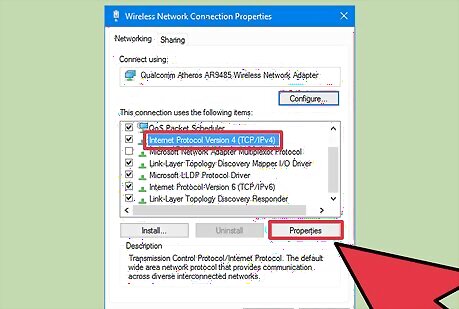
Open the configuration panel where you can change your DNS servers.
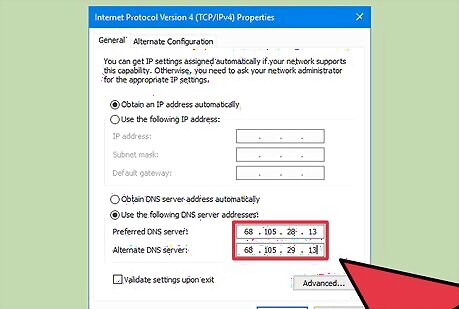
Change your primary and secondary DNS servers to 68.105.28.13 and 68.105.29.13.
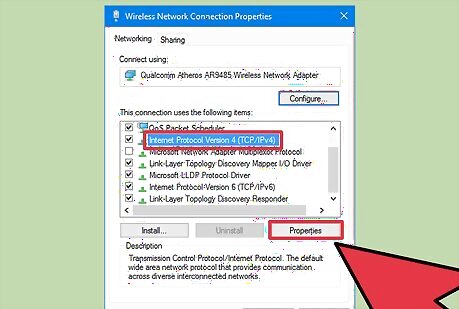
Apply changes and test.
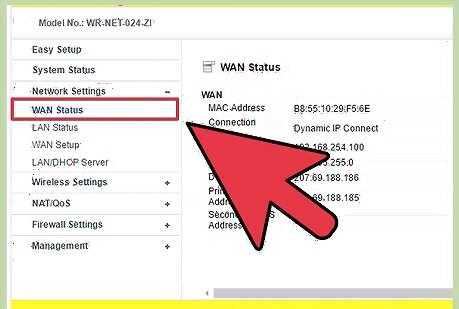
Open the configuration panel where you can change your DNS servers.
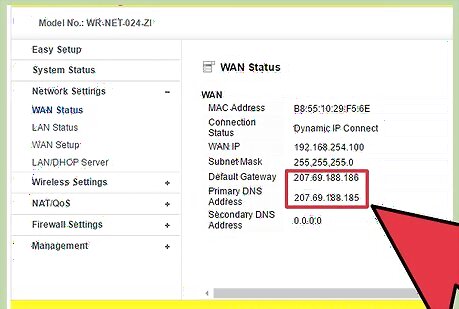
They probably show the default Earthlink servers at 207.69.188.185 and 207.69.188.186.
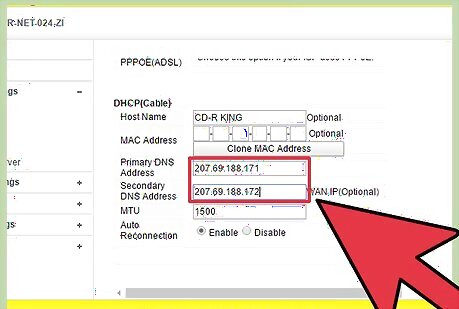
Change your primary and secondary DNS servers to Earthlink's opt out DNS servers at 207.69.188.171 and 207.69.188.172 .
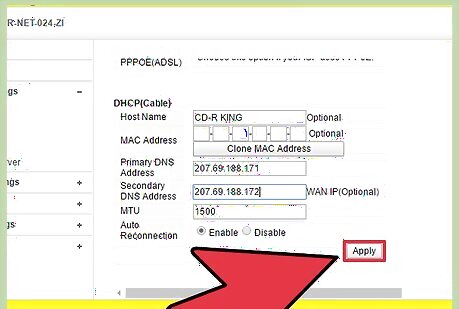
Apply changes and test.
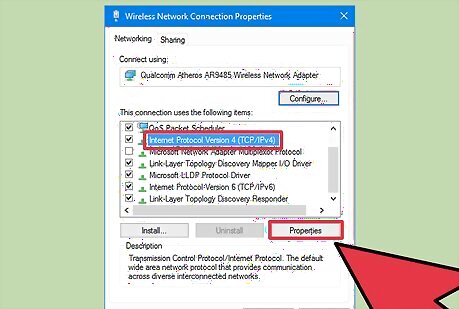
Open the configuration panel where you can change your DNS servers.
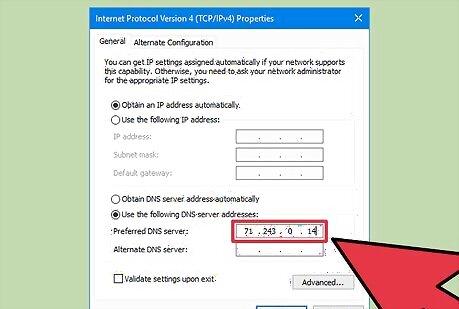
Change any DNS address ending in .12 to one ending in .14. For example, change 71.243.0.12 to 71.243.0.14.
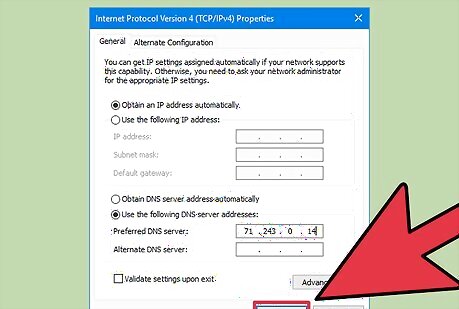
Apply changes and test.
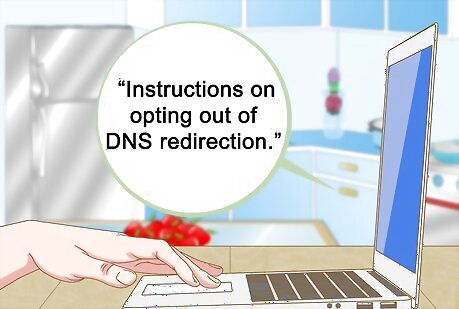
Visit their web page and search their support topics for instructions on opting out of DNS redirection.

Call technical support. Ask how to "opt out of DNS redirection."

If they can't or won't help you, or if the instructions they give don't work, try one of the general solutions listed at the top. Those should work for almost everyone.

















Comments
0 comment